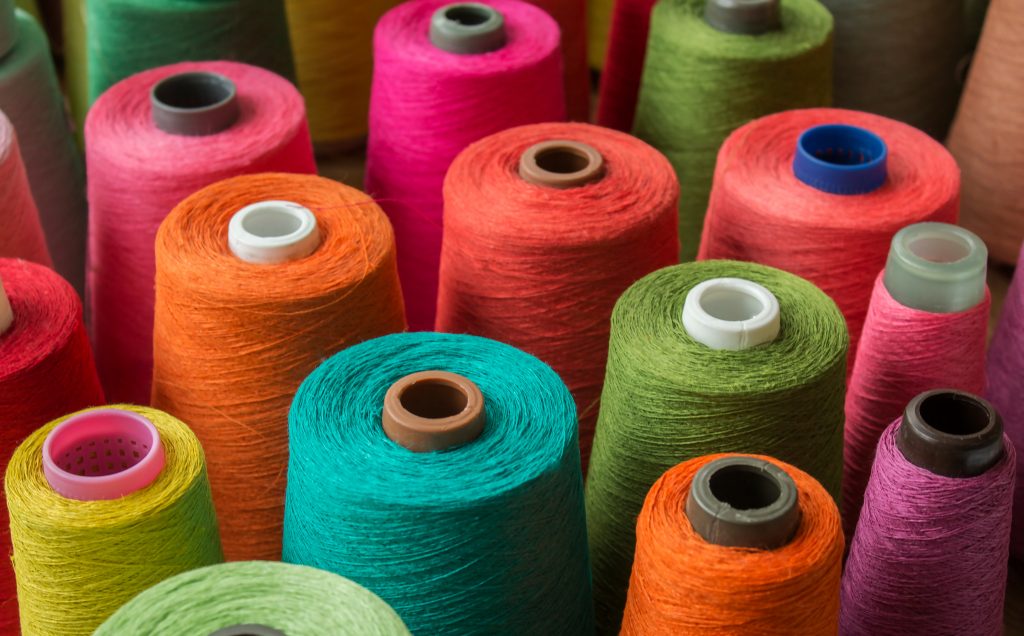A properly installed roofing system can last for decades with minimum maintenance if the right type of roofing material and construction method are chosen. This article discusses the various types of roofing systems prevalent in the construction industry and factors to consider while selecting the most suitable one.
Types of Roofing Systems
Asphalt shingle roofing is one of the most commonly used roofing material systems due to its affordability and durability. It consists of asphalt-saturated fiberglass, slate, or organic felt that is coated with ceramic granules for UV protection. Installation is simple with individual shingles being laid in an overlapping pattern. Asphalt shingle roofs last around 15-25 years on average with minimal maintenance. They come in various styles and colors to match the building aesthetics.
Metal Roofing Systems
Metal roofs are a popular commercial roofing option due to their durability and longevity. Common metal roofing materials include steel, copper, aluminum, and zinc. Steel roofs areEconomical and can last 50+ years if properly installed and maintained. Standing seam metal roofs have seams fused together adding strength and allowing the roof to expand and contract naturally thus reducing risks of leakages. They have high reflectivity helping keep interiors cool.
Tile Roofing
Clay or concrete tile roofs look aesthetically pleasing and can endure harsh weather conditions very well. However, they are more expensive initially. Different types are – flat concrete tile, barrel-shaped clay tile, slate-shaped concrete tile etc. Proper underlayment and installation techniques help prevent leaks in tile roofing which usually lasts more than 50 years if installed correctly.
Green Roofing Systems
Green roofs have gained popularity in recent times owing to their ability to offer energy savings along with environmental benefits. They have multiple layers consisting of a waterproofing membrane, root barrier, drainage system, lightweight growing media and plants. The greenery helps reduce urban heat-island effect and manages stormwater runoff. Green roofs also enhance building insulation providing energy savings.
Factors to Consider While Selecting a Roofing System
There are a few important factors to evaluate before selecting the right roofing system for a project:
– Climate of the area – Roofing Systems durability and material suitability depends highly on weather conditions like rainfall, snowfall, sunlight exposure etc.
– Budget & initial cost – Different materials have varying prices points. Asphalt is most affordable while metal & tile are expensive. Life cycle cost analysis must be done.
– Aesthetic appeal – Architectural style of building should match the roof appearance for a cohesive look.
– Roof pitch & slope – Some materials like tile are suitable only for certain roof slopes for proper drainage.
– Contractor expertise – Experience of installing a particular roof system is important for best performance and warranty coverage.
– Energy efficiency – Materials like metal & green roofs provide better insulation for thermal & visual comfort.
– Maintenance needs – Low maintenance materials like metal save long term costs versus high maintenance options.
– Structural ability to carry load – Roofing weight capacity of framing must be assessed.
By analyzing these key factors, one can select the most suitable, durable and cost-effective roofing system that meets specific project needs and also provides value over its expected lifespan. Regular inspection and timely repairs further enhance roof performance.
Green Roofing Trends
With growing environmental consciousness, green roofs are becoming increasingly popular globally. Apart from the benefits discussed earlier, some notable trends include:
– Vegetated roofs are being mandated in urban areas through regulations to combat issues like flooding and urban heat island effect.
– Modular tray systems with lightweight, pre-vegetated panels are easier to install compared to extensive green roofs requiring multiple layers.
– Intensive or rooftop garden systems allow for greater plant diversity, amenity spaces but need sturdier roof structures to support the weight.
– Green roofs are being incorporated in residential projects as well to take advantage of the aesthetics and sustainability.
– Research and technology improvements are making green roofs more affordable and low maintenance over time.
– Councils provide incentives like density bonuses and tax rebates to encourage green infrastructure adoption.
With further advancements, green roofs are expected to become mainstream choices for commercial, industrial and residential buildings globally in the coming decades. Their multiple benefits will drive large-scale implementation.
Importance of Regular Roof Maintenance
No matter the type of roofing system installed, proper maintenance plays a key role in maximizing performance and service life:
– Cleaning roof surfaces and drainage systems helps prevent debris buildup and ensures free water flow.
– Inspecting for damaged, cracked or loose shingles/tiles/flashings and replacing them avoids leaks during rains.
– Monitoring for loss of granular surfacing on asphalt roofs and applying fresh coating protects from UV degradation.
– Clearing vegetation growth that can penetrate roof membranes and cause rot.
– Checking roof penetrations, parapets and joints for signs of damage or leaks.
– Regular repairs within the first few years can address installation issues ensuring long term watertight integrity.
– Green roof maintenance involves pruning plants, weeding, irrigation and removing dead foliage.
By dedicating routine checks and cleaning once or twice annually, one can preserve the roof investment and maximize its design service life, thus saving costs in the long run. Professional inspection every few years aids preventive maintenance planning as well.
The selection of suitable roofing systems plays a vital role in overall building envelope performance. Evaluating material types, structure compatibility, budget and maintenance requirements helps specify the most durable and cost-effective roof to meet specific project needs. Regular maintenance further enhances longevity while green roofs are environment-friendly options gaining prominence. With the right installation and care practices in place, roof investments can deliver years of watertight protection and value.
Note:
1. Source: Coherent Market Insights, Public sources, Desk research
2. We have leveraged AI tools to mine information and compile it



